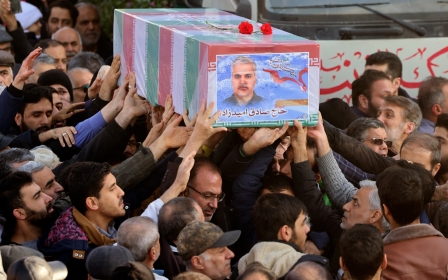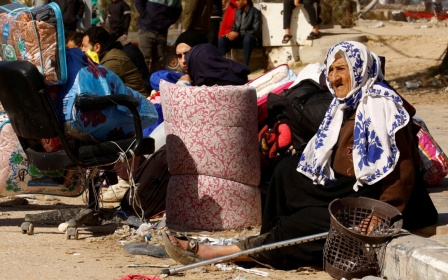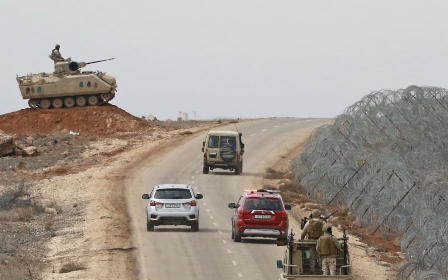US approves strikes against Iranian targets in Iraq and Syria: Report
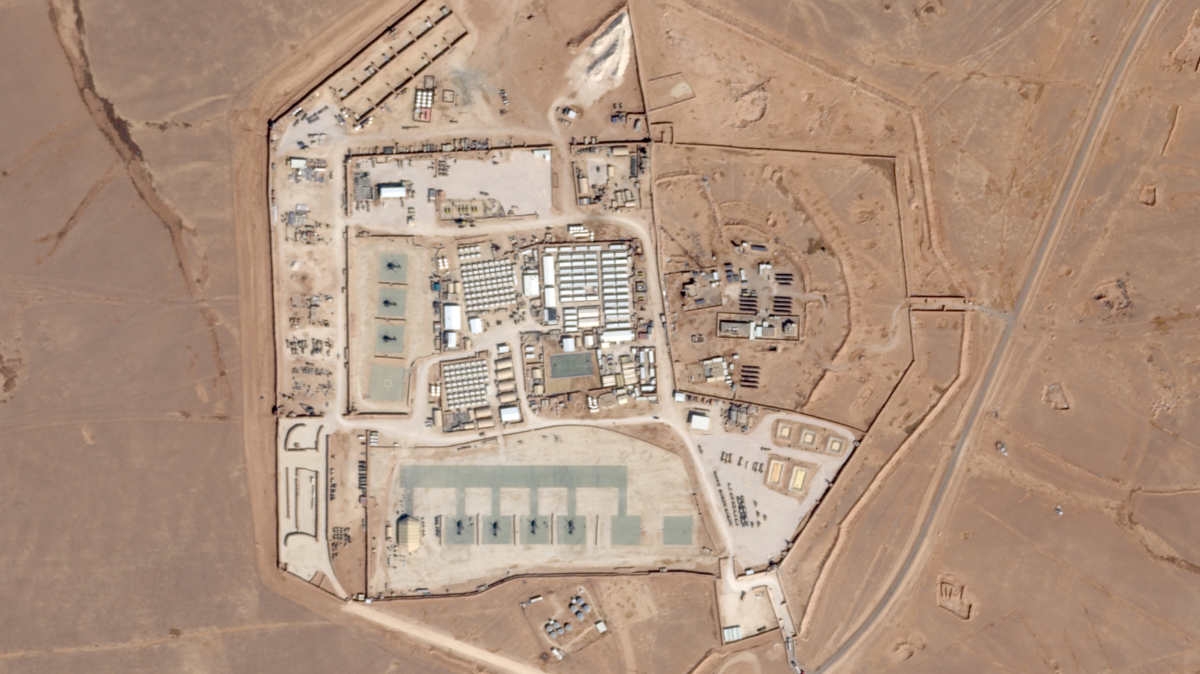
Iranian personnel and facilities will be the target of several US strikes across Iraq and Syria, in response to strikes in Jordan that killed three US soldiers last week, US officials confirmed to CBS News.
The US promised a "multi-tiered" response after the drone and rocket attacks at Tower 22 inside Jordan near its border with Syria. White House spokesperson John Kirby on Thursday told reporters that the attack that killed three US soldiers in Jordan is linked to the "Islamic Resistance in Iraq", an umbrella group of Iran-backed paramilitaries.
Citing unnamed US officials, CBS said weather and visibility are going to be a major factor in the timing of the strikes.
The umbrella group formed in October in response to Israel's war on Gaza and has carried out attacks against US targets in Iraq, Syria and now Jordan. The group has also claimed responsibility for attacks in Israel. All the organisations in the group are pro-Iran and the most prominent among them is Kataib Hezbollah.
Kirby’s comments come after the US said the attack had the “footprints of Kataib Hezbollah”. But shortly after, Kataib Hezbollah announced it was suspending actions against US forces. Since the announcement, there have been no new strikes against the US in the region.
Stay informed with MEE's newsletters
Sign up to get the latest alerts, insights and analysis, starting with Turkey Unpacked
"We announce the suspension of military and security operations against the occupation forces in order to prevent embarrassment to the Iraqi government," said Abu Hussein al-Hamidawi, secretary general of the paramilitary group.
"We will continue to defend our people in Gaza in other ways."
Iranian-backed militias have launched more than 150 attacks on US forces in the region since 7 October when the war between Palestine and Israel began. The US has also carried out several retaliatory strikes in Iraq and Syria since 7 October.
Middle East Eye reported earlier this week that current and former US officials say a direct strike on Iran is unlikely.
Because Iran is the dominant power in Syria and Iraq, the US has a range of targets available. One former US official said the US could strike senior Revolutionary Guard Corps (IRGC) officials or leading paramilitary commanders, in a move similar to the Trump administration’s killing of famed Iranian commander, Qassem Soleimani.
A top Hezbollah official, Mohammad Hussein al-Kawtharani, who has been coordinating efforts to drive the US out of Iraq, could be a target, the former official said.
The US is also likely to strike weapons storage facilities and drone production sites. It could also ramp up sanctions enforcement against Tehran, which the Biden administration discreetly relaxed before the war in Gaza.
“Whatever forces the US has deployed in the region for deterrence against Iran have clearly failed,” Merissa Khurma, director of the Middle East programme at the Wilson Center, told MEE previously.
“The Biden administration has to take a firm response.”
Follow Middle East Eye's live coverage of the Israel-Palestine war
The war in Gaza began on 7 October when the armed Palestinian group Hamas led an attack from Gaza on southern Israel. The attack killed 695 Israeli civilians, 373 security forces and 71 foreigners, for a total of 1,139 people, according to the Israeli government.
Israel responded to the attacks with widespread and unrelenting force, launching a full siege on Gaza and an "indiscriminate" aerial bombing campaign, followed by a ground invasion by Israeli troops and tanks.
Israel's military campaign has killed more than 27,000 Palestinians, mostly women and children, and has targeted civilian infrastructure - including mosques, hospitals, schools, and UN shelters.
Fallout
On Monday, US Secretary of State Antony Blinken said the situation in the Middle East was now the most “dangerous” since at least 1973, a reference to the Arab-Israeli war when the US went to Defcon three, the highest alert level during peacetime.
Jordan has long been a stable fallback for the US in its campaign against the Islamic State militant group and efforts to check Iran’s expansion in the Levant, and its Muwaffaq Salti Air Base is a key hub for US drones and fighter jets.
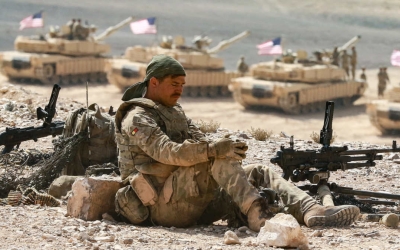
At least 3,000 US troops operate in the Hashemite Kingdom, which has a defence agreement with Washington that allows them “unimpeded access” to many Jordanian military facilities.
Following the US withdrawal from Afghanistan, the US relocated stores of weapons and ammunition held in Qatar to Jordan.
On Thursday, Reuters reported that Iran has started moving out senior officers from Iran's IRGC in Syria, following several Israeli strikes in Damascus. The move could also be linked to upcoming US strikes in the region.
Since December, Israeli strikes in Syria have killed at least half a dozen Iranian officers, including one of the IRGC's top intelligence generals.
Five sources familiar with the matter told Reuters that Iran had no intention of leaving Syria entirely, but was now reconsidering the best approach since the war on Gaza broke out in October.
The sources said the senior and mid-ranking officers had withdrawn to prevent Iran from being dragged directly into a regional war.
Middle East Eye delivers independent and unrivalled coverage and analysis of the Middle East, North Africa and beyond. To learn more about republishing this content and the associated fees, please fill out this form. More about MEE can be found here.


